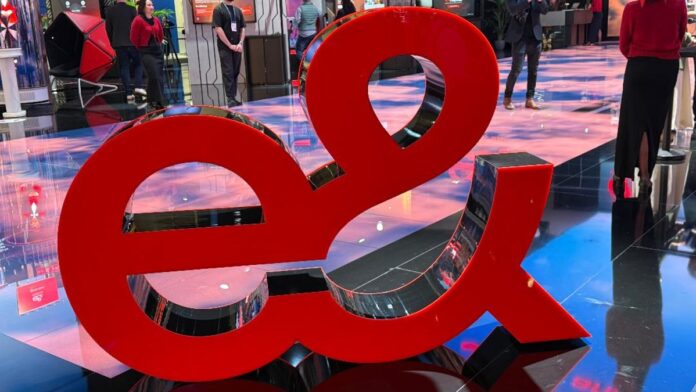The trial utilized e&’s commercial spectrum across 3.5 GHz, 2.6 GHz, 2.1 GHz and 1.8 GHz bands and delivered a throughput of 5.8 Gbps
In sum – what to know:
e& UAE hits 5.8 Gbps with 6CC – In a regional first, e&, Nokia and MediaTek demonstrated six-component carrier aggregation over a 5G SA network, combining 400 MHz mid-band spectrum to achieve 5.8 Gbps throughput.
600 Mbps uplink world record – Earlier this month, e& UAE claimed the fastest uplink on a live 5G network using band aggregation and 3Tx antennas, enabling real-time AI-powered enterprise applications.
5G slicing and AI edge in focus – With network slicing now commercially available and new partnerships with Qualcomm, e& UAE is pushing toward 5G-Advanced (5G-A) and edge AI to drive industrial transformation.
Finnish vendor Nokia, in collaboration with Emirati-based telco e& UAE and MediaTek, announced what it claims to be the first successful demonstration of six-component carrier (6CC) aggregation in a 5G Standalone (SA) network in the Middle East.
In a release, the Arab telco noted that the trial combined 400 megahertz of its 5G mid-band spectrum.
The trial utilized e& UAE’s commercial spectrum across 3.5 GHz, 2.6 GHz, 2.1 GHz and 1.8 GHz bands and delivered a throughput of 5.8 Gbps. For this trial, Nokia supplied equipment from the AirScale portfolio, including Habrok 64 Massive MIMO radios, dual-band radios, baseband solutions and carrier aggregation software. MediaTek provided a prototype smartphone powered by its 5G chipset, which supports 6CC carrier aggregation.
Mark Atkinson, senior vice president and head of radio access networks at Nokia, said: “Our carrier aggregation solutions help maximize 5G performance with existing spectrum assets, paving the path to Advanced 5G.”
Abdulrahman Al Humaidan, vice president of access network at e& UAE, said: “Aggregating six mid-band carriers lets us squeeze every bit of performance out of the spectrum that we have available for 5G. This breakthrough shows that 5G Advanced isn’t a distant vision, but a concrete enabler for multi-gigabit speeds across the UAE without waiting for new frequencies.”
He added: “5G is redefining what’s possible — from ultra-fast downloads to real-time connectivity that powers everything from mobile streaming to smart cities. At e&, we’re pushing the boundaries of 5G performance to ensure people across the country experience the full potential of next-generation speed and reliability.”
Earlier this month, e& UAE claimed a new world record by achieving an uplink speed of 600Mbps on a live 5G network.
The carrier noted that this achievement was made possible by aggregating FR1 bands at 2.1GHz and C-band, paired with Uplink 3Tx (three transmit antennas) on a commercial customer premises equipment (CPE) at a live 5G site, fully compliant with 3GPP Release 17 standards.
The telco also noted that the 600Mbps uplink speed will enable enterprises to enhance operations, with smart factories and logistics hubs uploading massive sensor data in real time to power AI-driven automation and predictive analytics.
In addition, cloud-hosted collaboration is enhanced, supporting instant uploads for 3D modeling, augmented reality (AR) and virtual reality (VR) workflows.
e& UAE recently launched a commercial 5G network slicing product for business customers, leveraging its 5G standalone (SA) network. The firm said the new solution delivers tailored 5G connectivity to meet the evolving needs of industries and organizations across both public and private sectors.
Also, the UAE telco and Qualcomm have recently announced a partnership to develop next-generation 5G and edge AI technologies. The deal targets industrial gateways, XR hardware and on-device AI to drive smarter, faster enterprise edge deployments.
In November last year, e& UAE completed what it claimed was to be a world-first deployments of Ericsson’s dual-band Massive MIMO radio, the AIR 3229, on its network. The Swedish vendor said the deployment would boost network performance, increase capacity and reduce carbon footprint. Its dual-band AIR 3229 radio supports simultaneous 5G service delivery on both the 2.6 GHz and 3.5 GHz bands, allowing for a doubling of time division duplex (TDD) carrier components (two to four) at high-capacity 5G sites.

